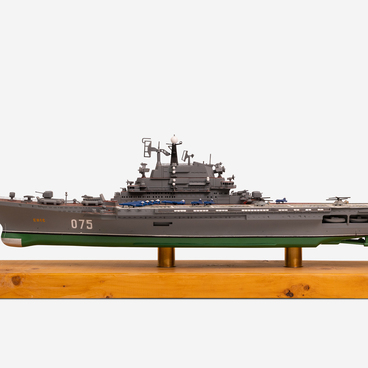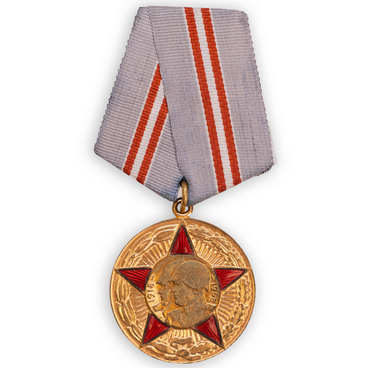The medal “For the Defense of the Soviet Transarctic” was approved by decree of the Presidium of the USSR in 1944. Maxim Starostin, the first secretary of the Murmansk Regional Committee of the All-Union Communist Party (Bolsheviks), came up with this idea. On May 8, 1944, he sent a memo to the Presidium of the Supreme Soviet, the Central Committee of the Communist Party and the State Defense Committee, in which he indicated as follows, “All the human and material resources of the Murmansk region have been mobilized in order to repel enemy attacks. The protection of Murmansk was placed above the interests of the 14th Army, Navy, as well as various Soviet, Party, and economic organizations.“
This medal became the highest military award for participants in the battles with the German army in the polar zone. The award covered the period from June 22, 1941 to November 1944, during which the Soviet Arctic was under content attacks.
The medal was awarded to all participants in the defense of the Arctic: soldiers of the Red Army and Navy, NKVD (People’s Commissariat for Internal Affairs) troops, as well as ordinary citizens. In total, over 350,000 people received it.
The medal is round, with a diameter of 32 millimeters. It is decorated with images of a Soviet soldier and a tank, as well as the inscription “For the Defense of the Soviet Transarctic”. It has an eyelet at the top, by which the award is secured to a pentagonal mount covered by a green moiré ribbon. Many Murmansk residents who worked in the rear were presented with this medal.
The Battle for the Arctic took place in the Murmansk region, North Karelia and Petsamo, on the Barents, White and Kara Seas. The German command planned to capture the Kola Peninsula, where the base of the Northern Fleet of the USSR was located. Finland, which entered the war on the side of Germany, hoped to make the Kola Peninsula its territory.



